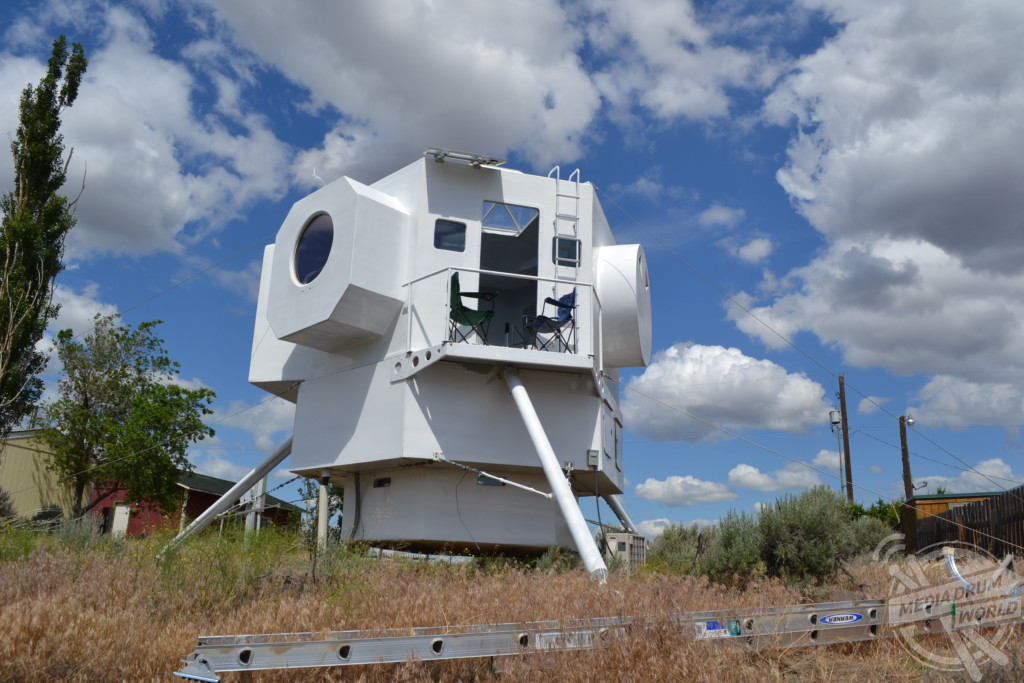By Mark McConville
THIS 250-square-foot micro home looks like it could have just returned from outer space after being modelled on a lunar lander from the historic Apollo 11 landing in 1969.
Incredible images show the hexagon-shaped white hut elevated by three steel beams to sit nine feet above the ground while a staircase provides an entry point.
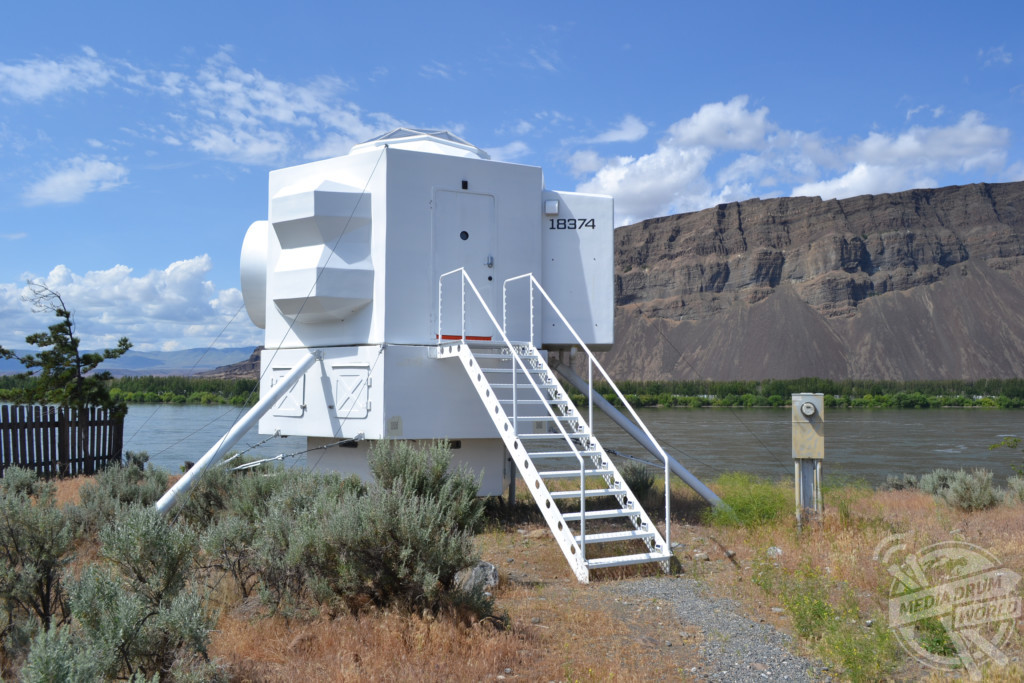
Kurt Hughes / mediadrumworld.com
Other stunning shots show the open floor plan interior lit a large geodesic dome skylight while a kitchen occupies a small space near a dining area where a window overlooks the river and hillside.
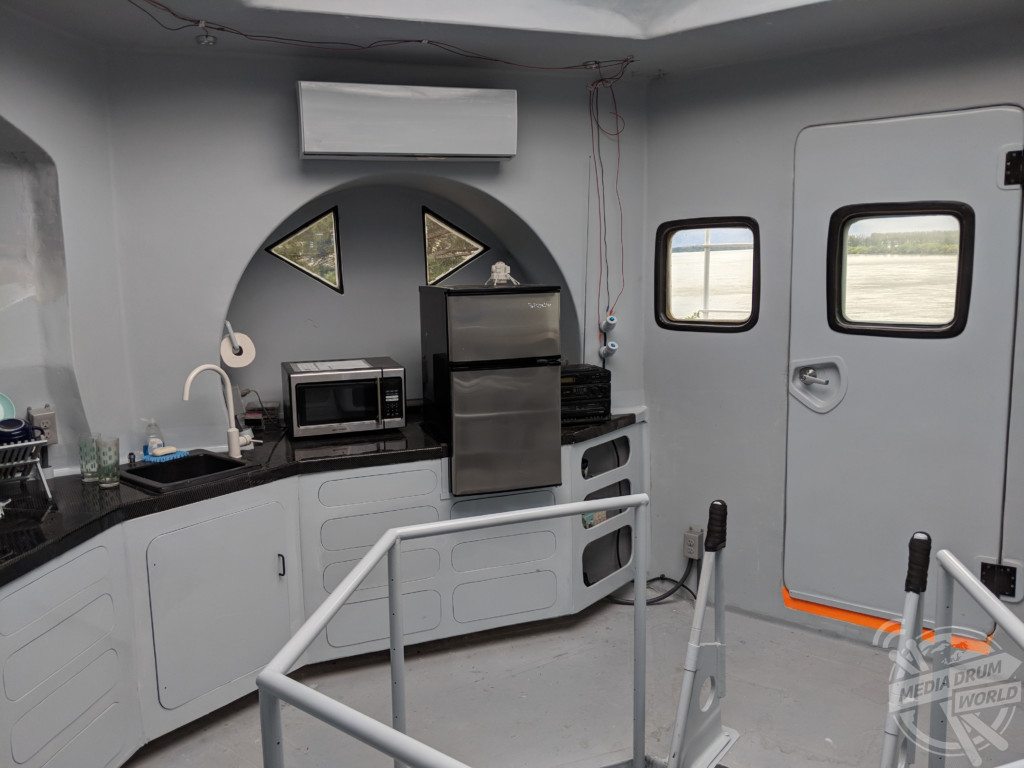
Kurt Hughes / mediadrumworld.com
Architect Kurt Hughes modelled the small home, located on the banks of the Columbia river, on the iconic spacecraft used in the first moon landing.

Kurt Hughes / mediadrumworld.com
“The mission was to design a habitable dwelling with the latest marine composite technology, providing creature comforts with low impact on the land and high amazement factor,” he said.
“It is waterproof, airtight (but with air to air heat exchanger ventilation) resistant to vermin, mould and insects. It needs no roofing nor siding.
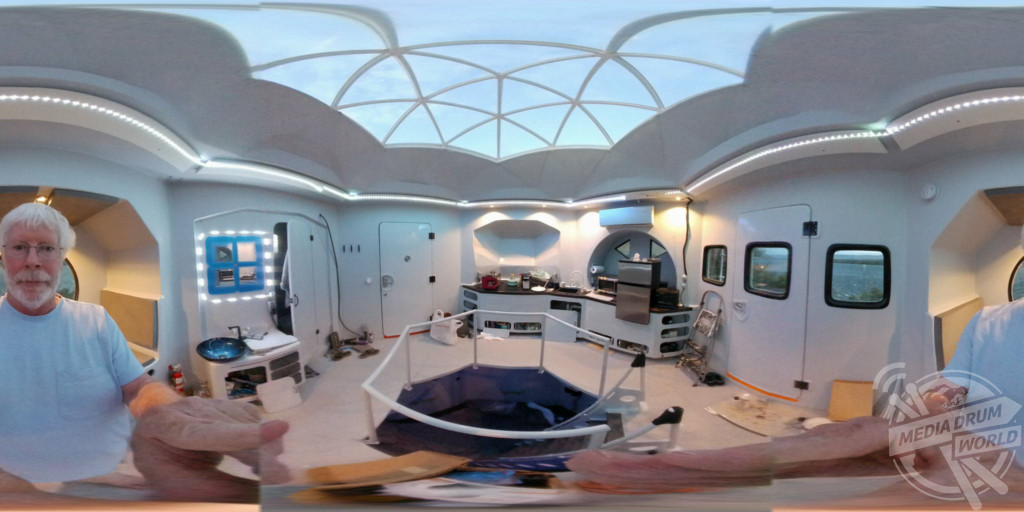
Kurt Hughes / mediadrumworld.com
“Why not just build a composite cube? It would be simpler, and not “weird” looking. Easy. A cube is not interesting. Cube has been done before. Let’s explore something new.
“The lunar lander is not only an interesting configuration, but an homage to a time when people did new things. Innovators were prized, not feared. And more, the actual Apollo astronauts trained some 25 miles from where this project is sited. What happened to the courage to innovate?”

Kurt Hughes / mediadrumworld.com
Apollo 11 was the spaceflight that landed the first two humans on the Moon. Mission commander Neil Armstrong and pilot Buzz Aldrin, both American, landed the lunar module Eagle on July 20, 1969.
The Apollo spacecraft had three parts: a command module (CM) with a cabin for the three astronauts, and the only part that returned to Earth; a service module (SM), which supported the command module with propulsion, electrical power, oxygen, and water; and a lunar module (LM) that had two stages – a descent stage for landing on the Moon, and an ascent stage to place the astronauts back into lunar orbit.
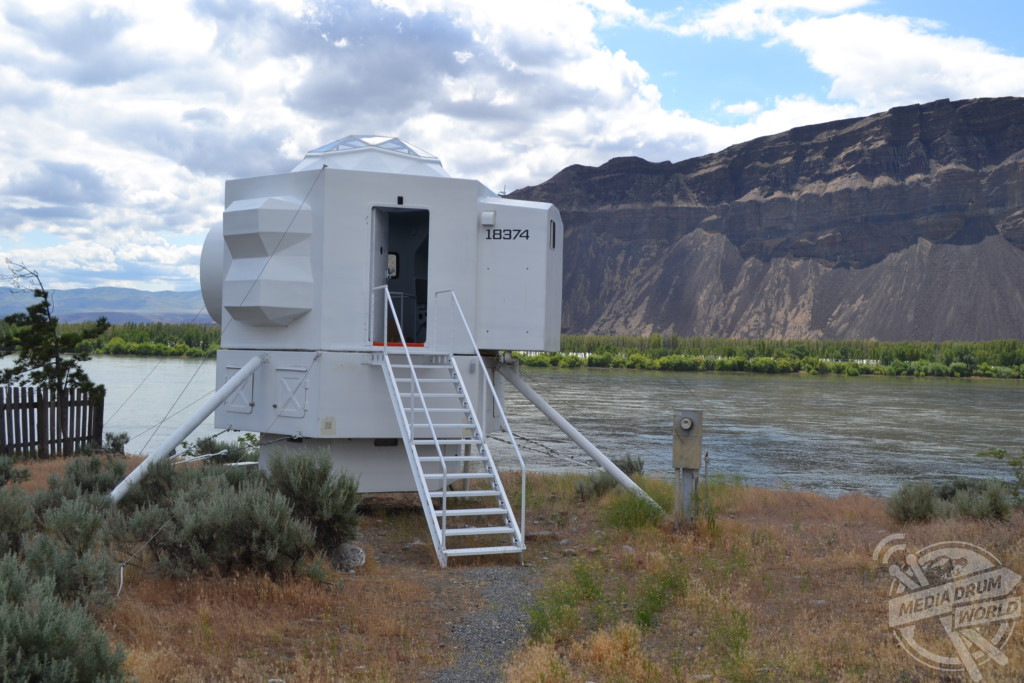
Kurt Hughes / mediadrumworld.com
Hughes applies his thirty years experience as a boat designer to resolve challenges of creating such a compact space. a small ladder leads below deck where a bed sleeping two people is neatly positioned. Upstairs, a small outdoor deck offers a space to look upon the surrounding wildlife.

Kurt Hughes / mediadrumworld.com
“The Lunar Lander can rest comfortably on drastic, uneven terrain, with virtually no environmental footprint,” added Hughes.
“These off-the-grid outposts will use the latest marine technology to afford a strong, light, and easily maintained structure.
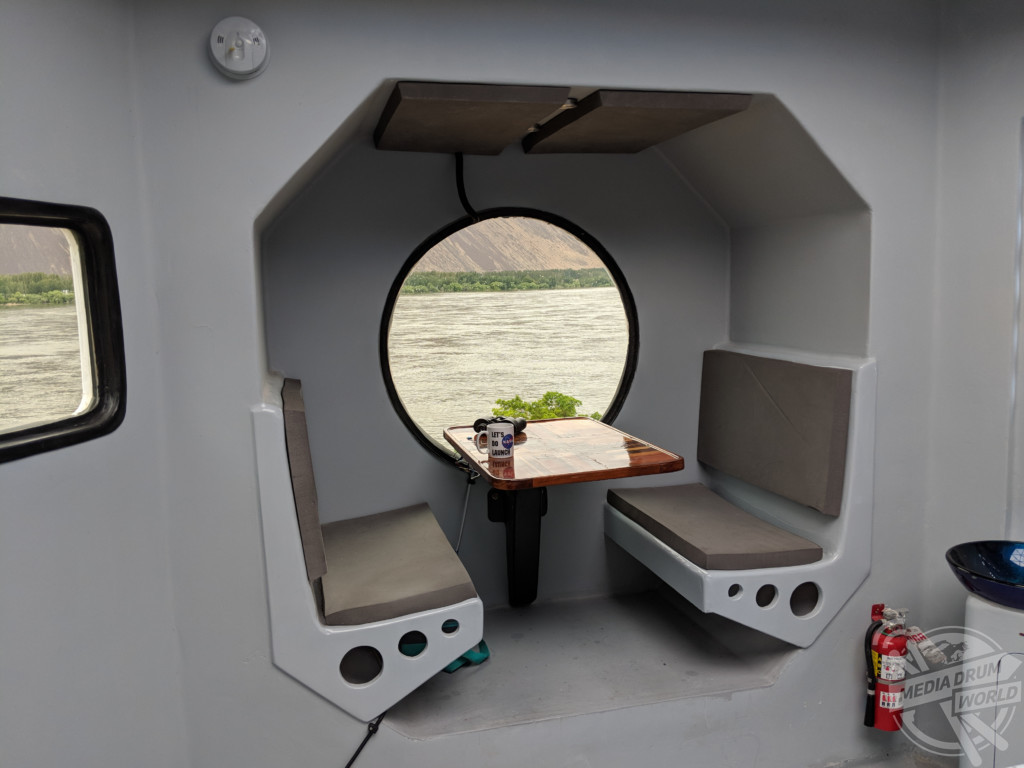
Kurt Hughes / mediadrumworld.com
“Construction is plywood/epoxy/core/fibreglass. There is no framing, no headers, no joists. The insulating SIP sandwich panels do it all. They are all bonded together with biaxial roving, a fibreglass with the same strength as A36 steel.
“If this were production, or if I had a larger budget, it would be entirely fibreglass and core. The core is both for insulation and structure. It is vacuum bagged between the plywood faces. Everything is encapsulated in epoxy and sheathed in fibreglass cloth.”
For more information see www.mediadrumworld.com

